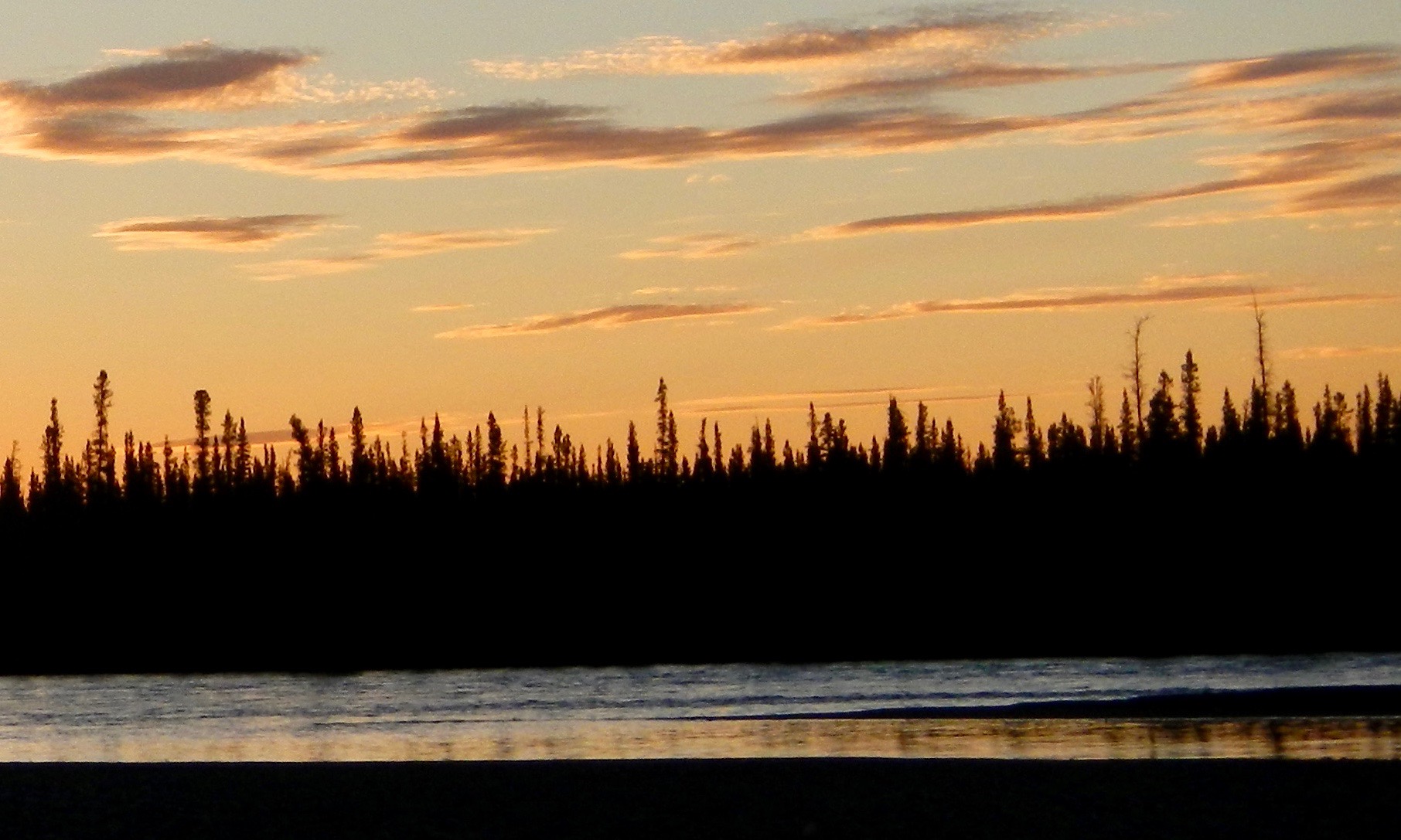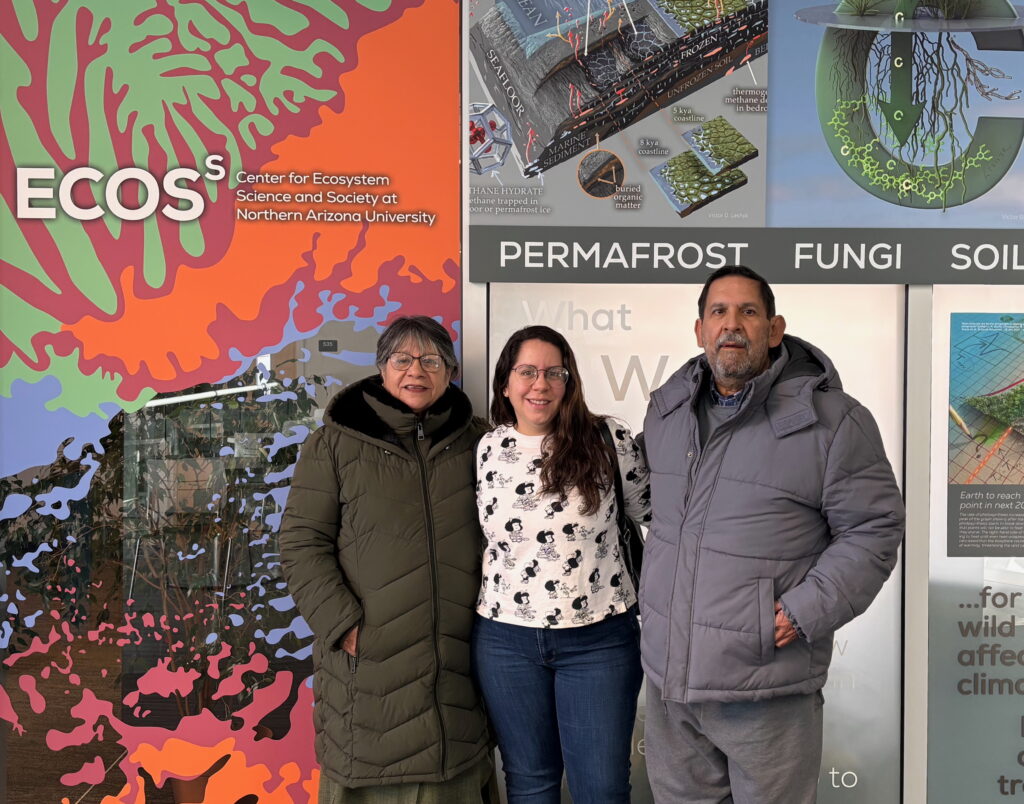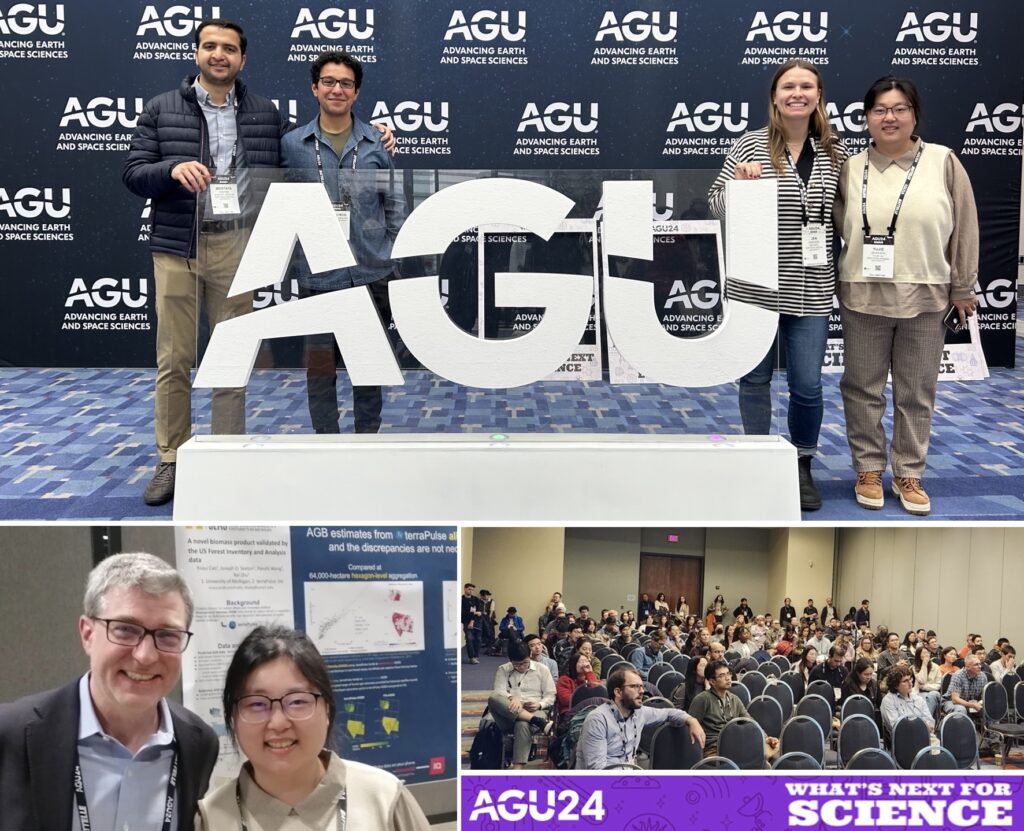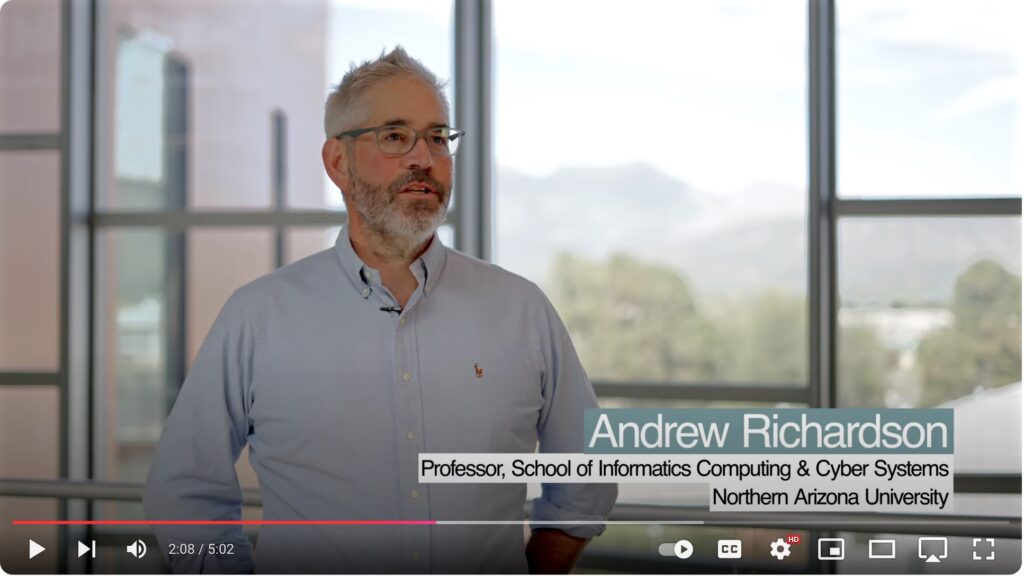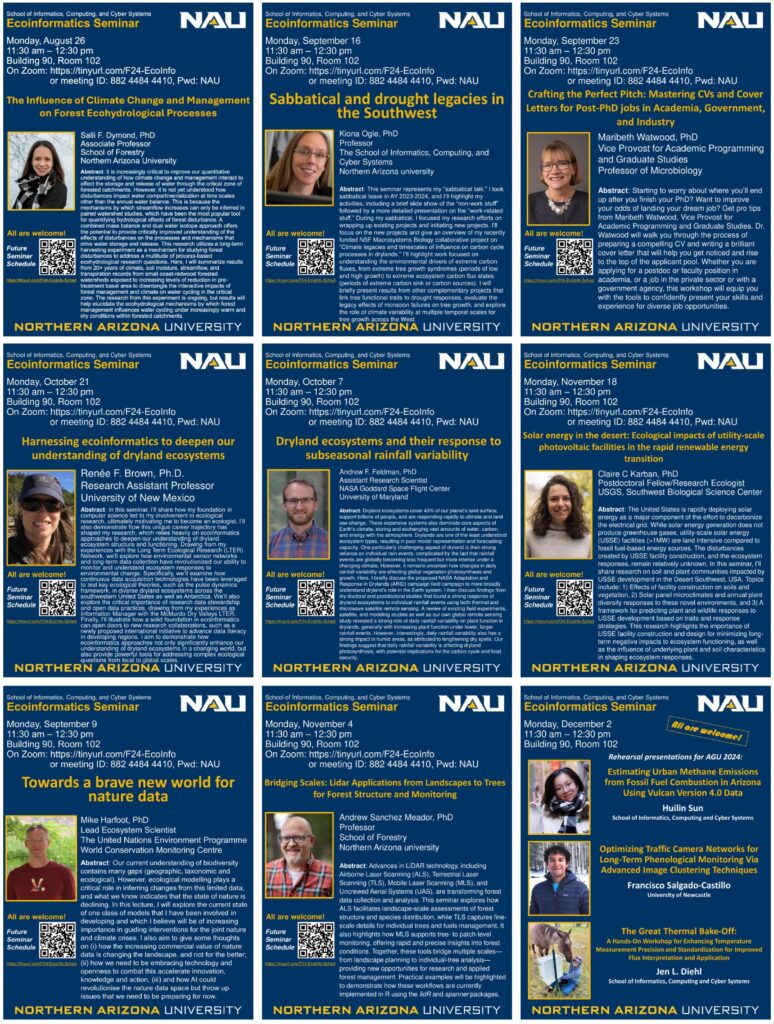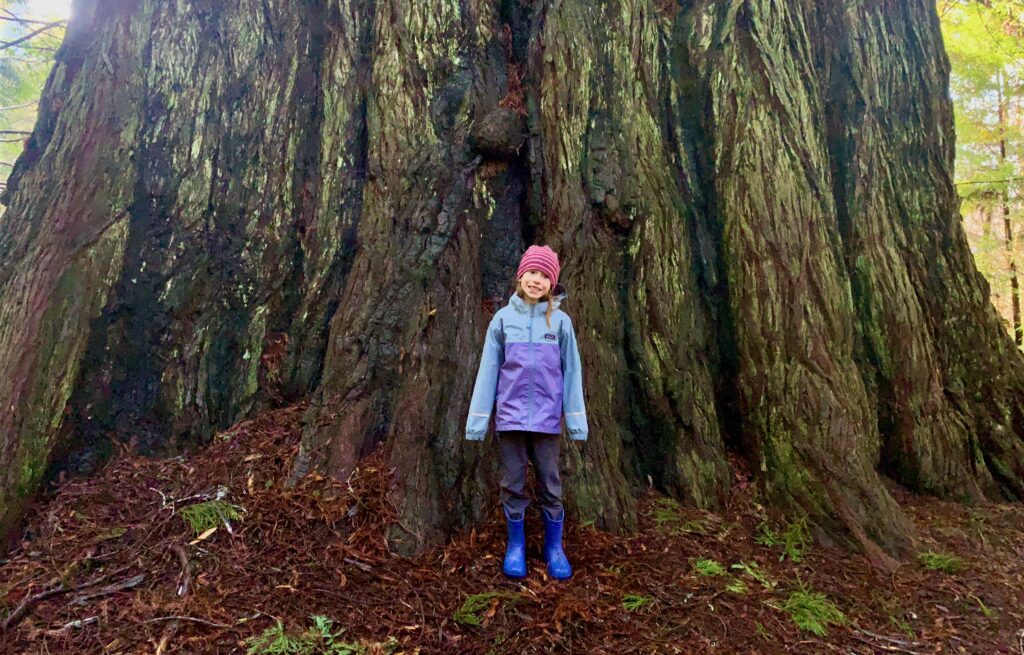The Autumn-Winter 2024 edition of Redwoods Magazine, published by Save the Redwoods League (SRL), includes an article by writer Kathleen Ok-Soo Richards on “the hidden, interwoven relationship between fog and coast redwoods.” The article focuses on new research funded by SRL to “better understand how coast redwoods might adapt to shifting fog patterns in the future and how we can support them.” One of three projects highlighted is the work Andrew and George Koch are doing to investigate whether seasonal and daily tree growth is related to nighttime fog availability. With a new grant awarded in December 2024, ongoing work at the southern edge of range of coast redwood will be complemented by a new study at the Sequoia Park Zoo in Eureka, California, where fog is a far more regular occurrence. In addition to installing instruments to measure tree growth and water stress, Andrew will be moving his Vaisala ceilometer to the new research site to provide detailed information on fog conditions.
Thanks to SRL for supporting this work!
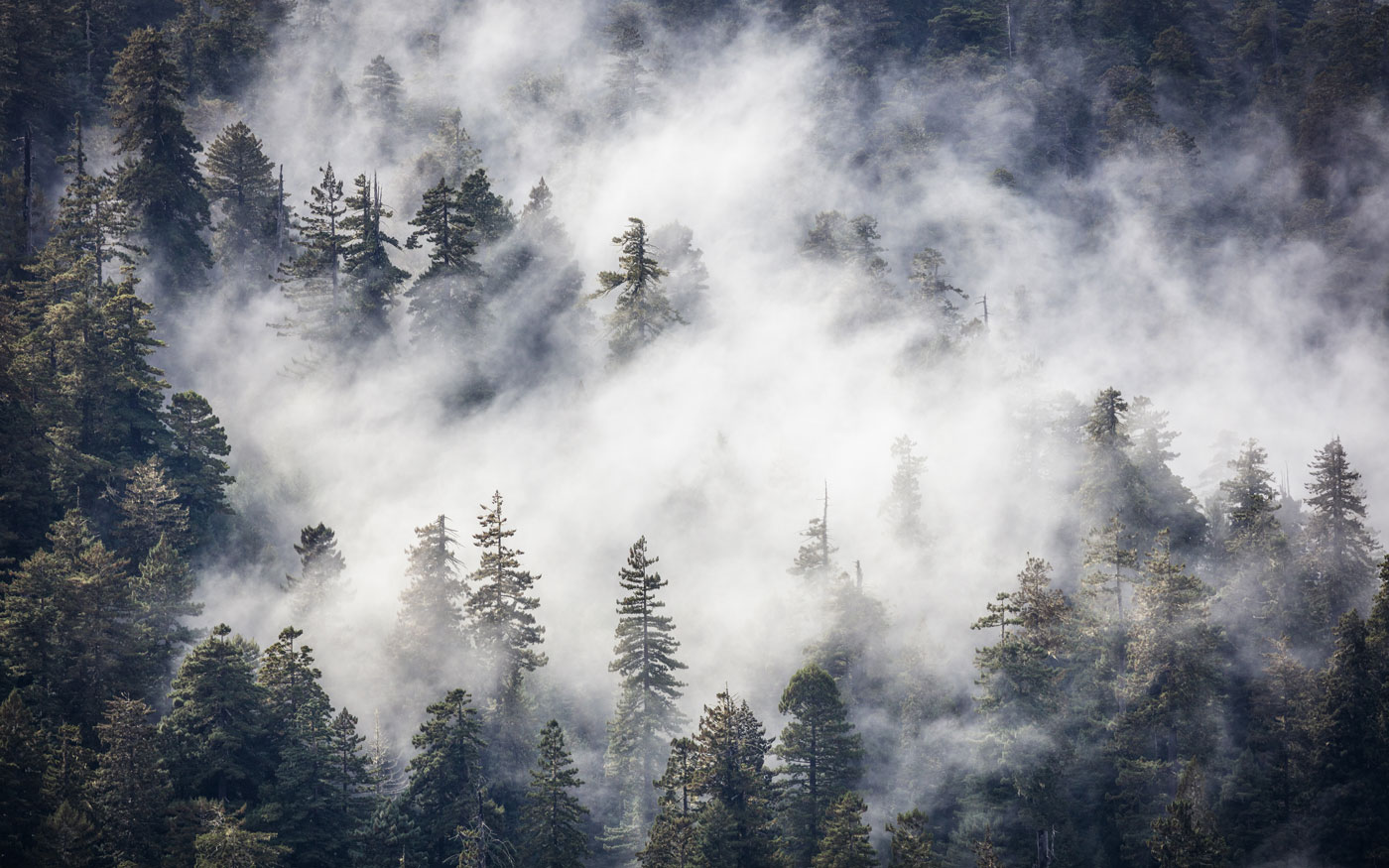
Photo by Max Forster, https://www.savetheredwoods.org/
